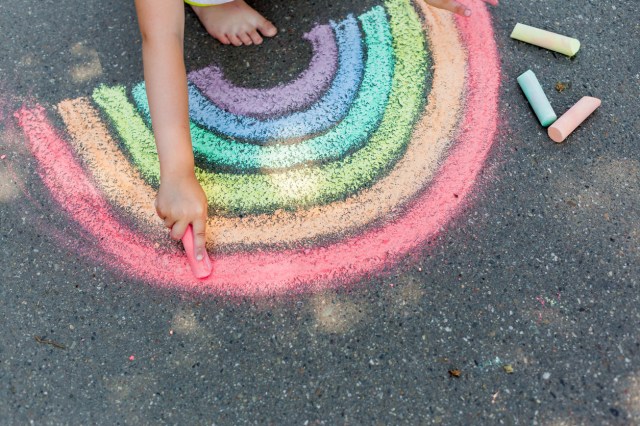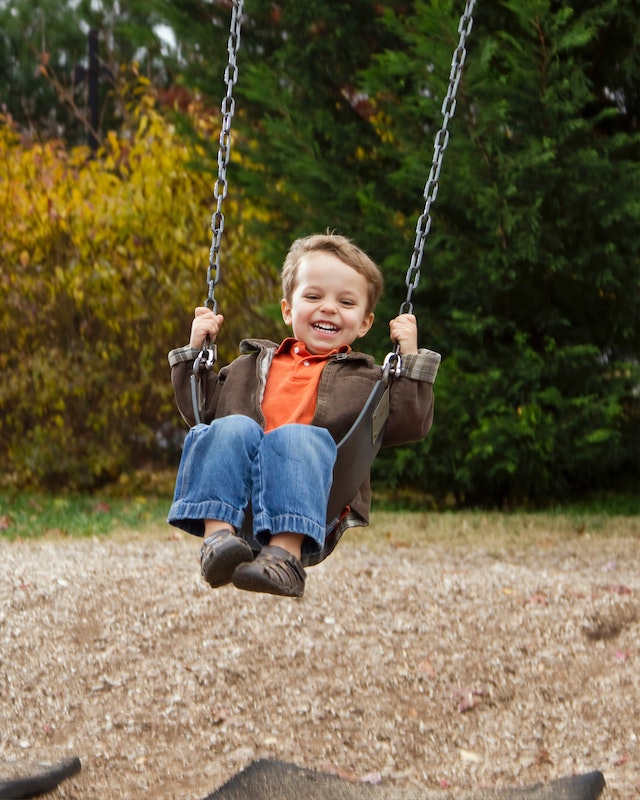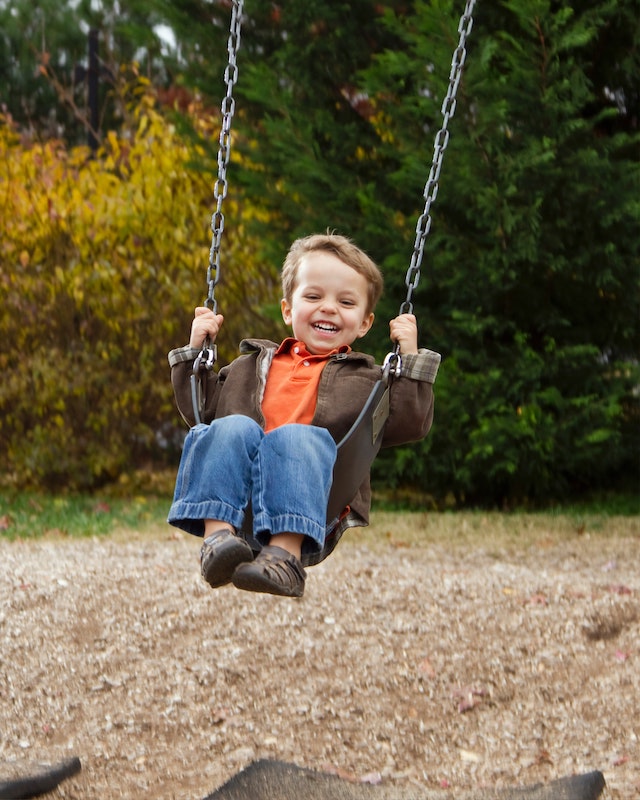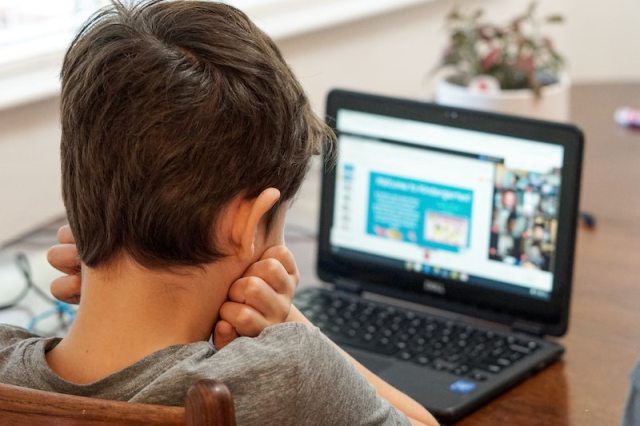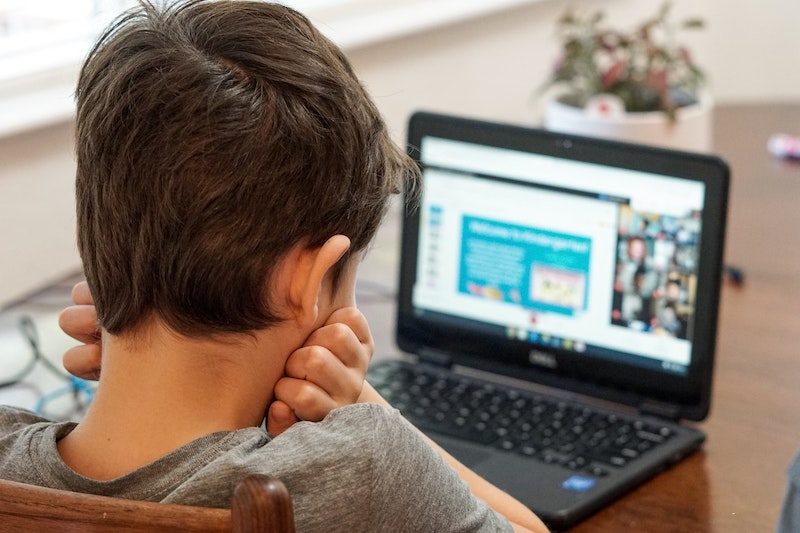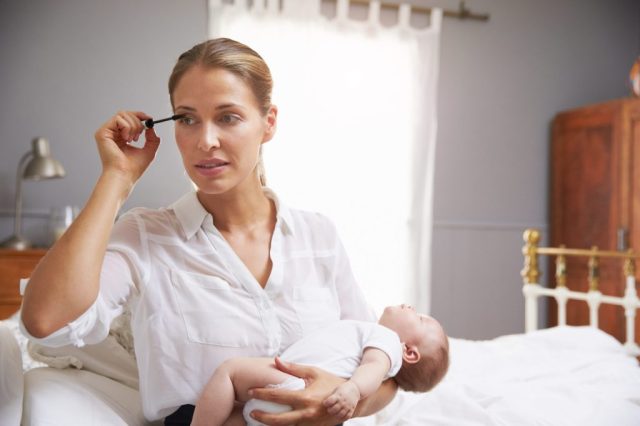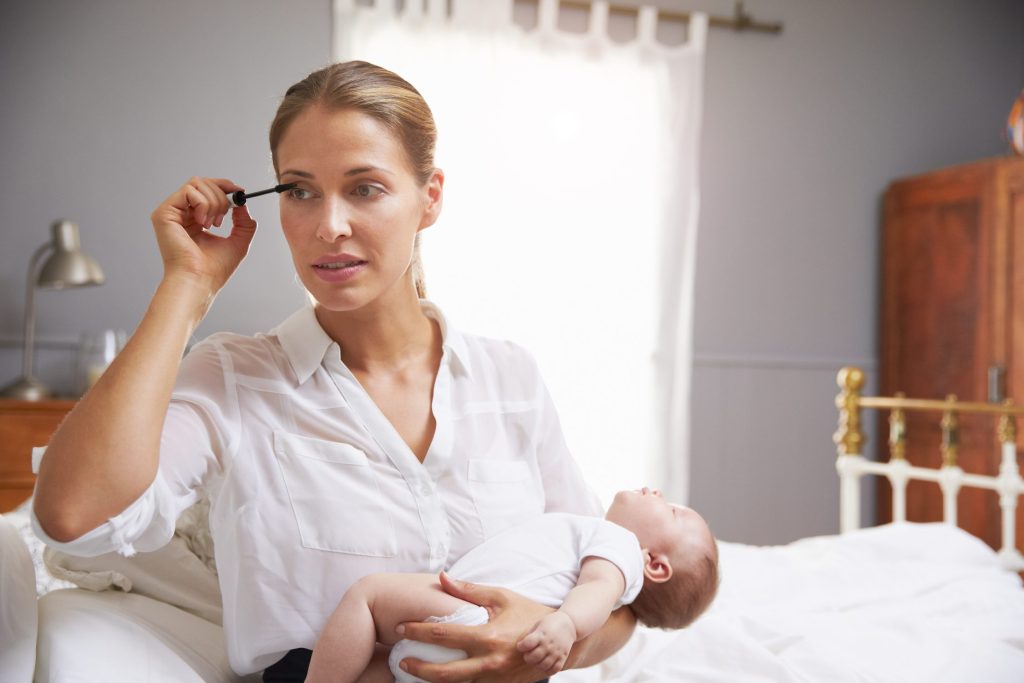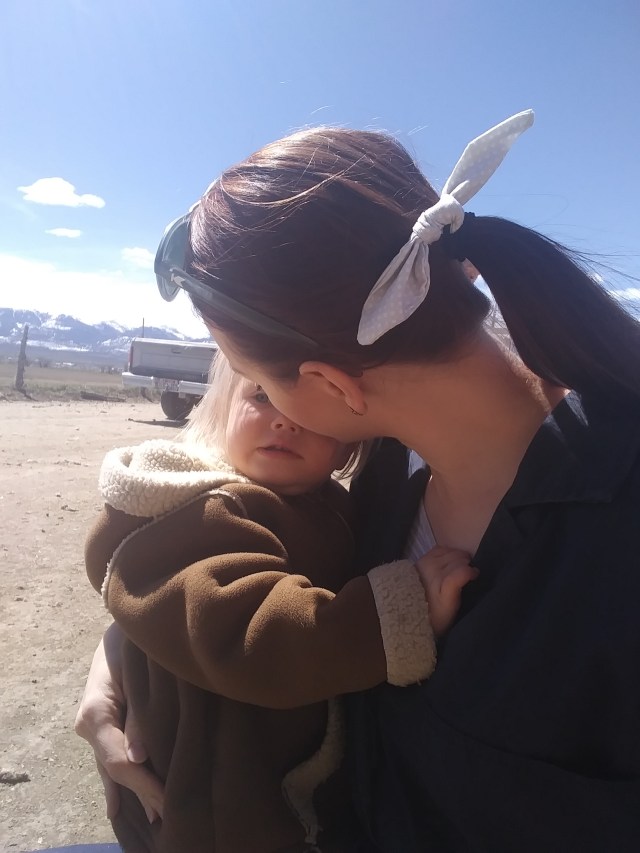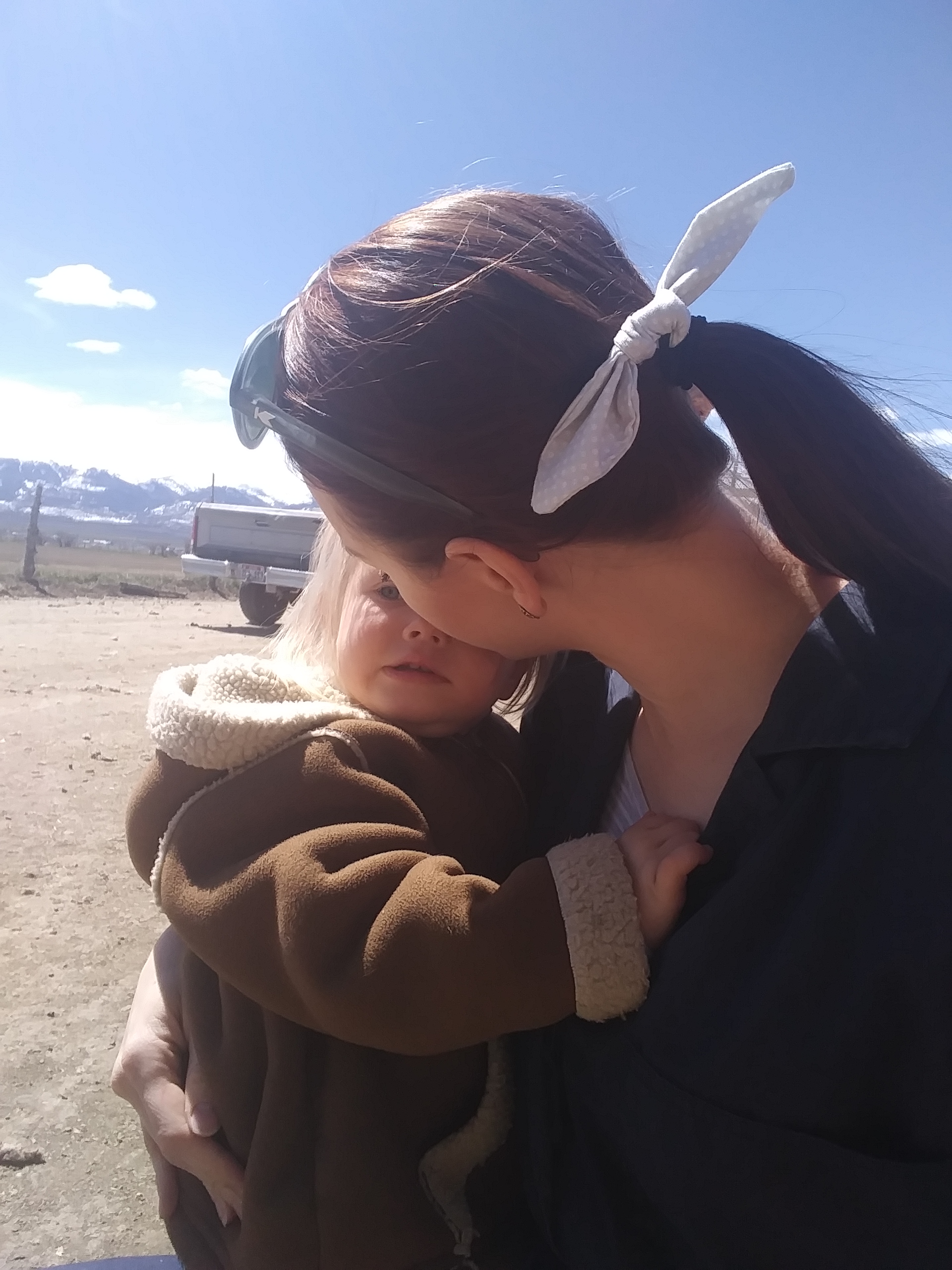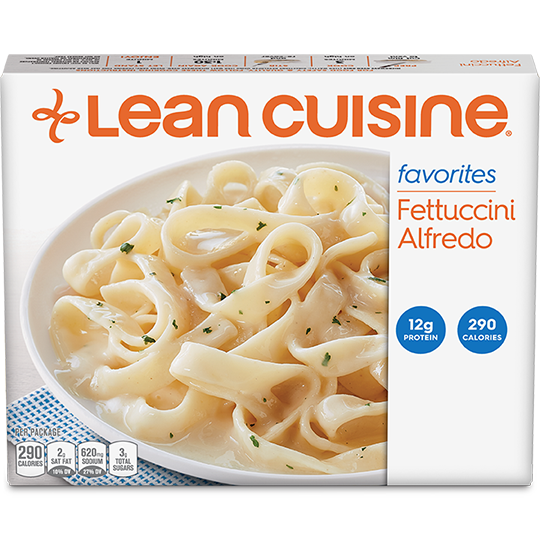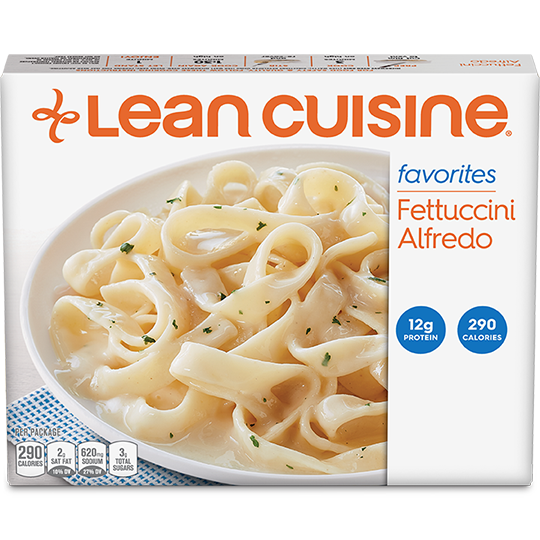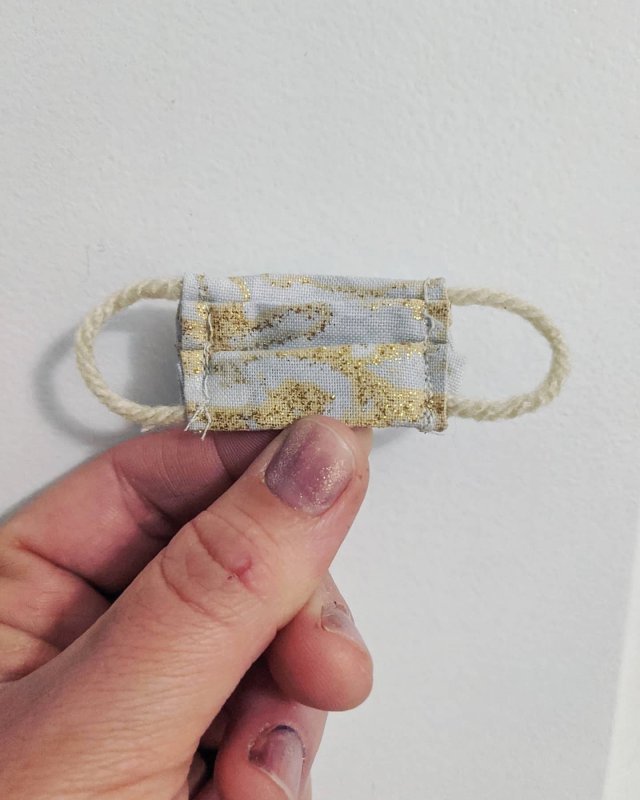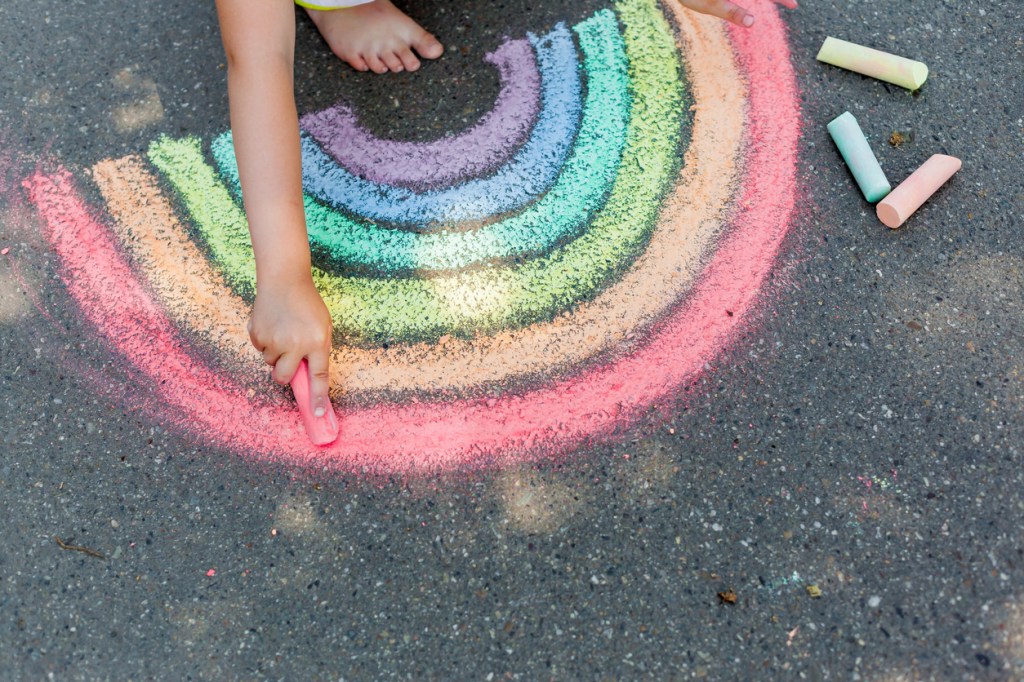
photo: iStock
February is National Black History Month, when we pay special recognition to the countless achievements of African-Americans that have helped shape our country and played a vital role in its history. If you have children, you undoubtedly might find yourself faced with many questions that revolve around diversity. Instead of answering these questions with a hasty response, use this month as the catalyst to encourage your children to embrace and celebrate diversity in all of its beautiful forms.
Our world is an incredible place full of remarkable differences that add to its wonders. Not allowing your children to explore these differences does them a great disservice. It’s almost impossible for your kids to go out into the world and not come across people who are different from them. Start building your children’s awareness of diversity now so that they can develop into empathetic, open-minded, and loving individuals.
Here are some ways you can encourage your children to celebrate diversity every day.
1. Explore Books & Media That Celebrate Diversity
Seek out age-appropriate books that reflect diversity. Find stories with central characters from other cultures and religions and/or of a different race or heritage, and also from unique family situations. When you read these books, take the time to talk with your child and ask her questions, and let her do the same. Not only do these books help jumpstart meaningful conversations, but they provide a working knowledge and awareness of diversity to your kids.
When you’re out, and your child sees someone different from her, she’ll have that knowledge to pull from. Plus, you can easily remind her of a character in one of the books you’ve read together. This same concept holds true for age-appropriate movies and television shows that focus on diverse characters, cultures, and concepts.
2. Encourage Conversation
When you’re in the checkout line at the grocery, and you realize your child’s staring at the woman in the wheelchair behind you, don’t tell her to stop. This sends the message that something about this is not okay. Your child is naturally curious, and how is she going to learn about all of the world’s differences if you give the impression that they don’t exist or you’re supposed to ignore them? Instead, encourage your child to say hello. Let her ask questions and be ready to answer them.
3. Attend Virtual Cultural Events
Research and explore various kid-friendly cultural events. During the pandemic many events have gone virtual, which increases your access to many more opportunities since you’re not limited to your local area. Eventbrite and similar sites have information about these types of events, as do various museums and other institutions that you can easily access online.
These events provide a fun, interactive way for your child to explore multiple aspects of a different culture, like food, art, and certain customs. To help prepare your children for the event, read books ahead of time and talk about how the people in the culture do things differently from you.
Diversity is everywhere, and it always will be (thank goodness). Our country is a veritable melting pot of cultures and people from all walks of life. Let your children explore and discover, answer their questions, and help show them that diversity is something to be celebrated, not feared.
For more ways to connect with your children, check out what the MamaZen app has to offer, from being a happy momma to raising confident, thoughtful kids.
